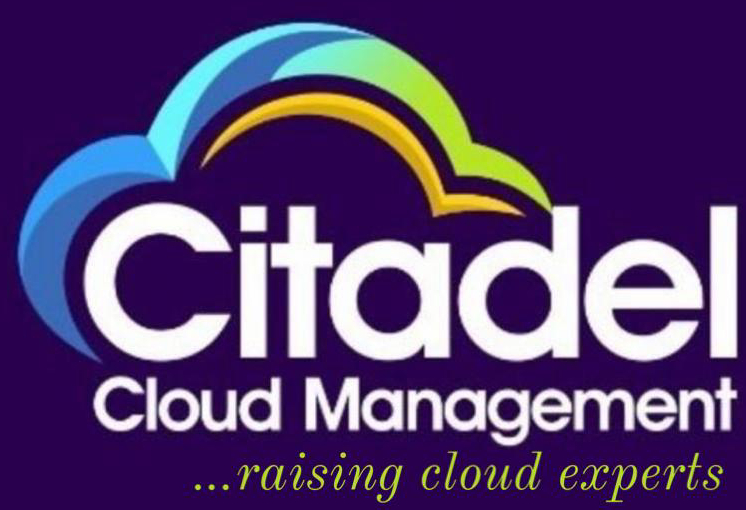In the ever-evolving landscape of software development, security has become a critical concern for organizations. Traditional security approaches often fall short in addressing the complexities and dynamic nature of modern development practices. This is where DevSecOps comes into play, integrating security into the DevOps framework to ensure continuous security monitoring throughout the software development lifecycle.
What is DevSecOps?
DevSecOps is a cultural and technical shift that emphasizes the integration of security practices within the DevOps process. By embedding security into every phase of the development pipeline, organizations can identify and address vulnerabilities early, reducing risks and enhancing the overall security posture.
The Importance of Continuous Security Monitoring
Continuous security monitoring is a cornerstone of DevSecOps. It involves the real-time assessment and analysis of security events and vulnerabilities across the development and deployment pipeline. This proactive approach ensures that security issues are detected and mitigated before they can be exploited, providing a robust defense against potential threats.
Benefits of Continuous Security Monitoring
1. Early Detection of Vulnerabilities
One of the primary benefits of continuous security monitoring is the early detection of vulnerabilities. By continuously scanning code, dependencies, and configurations, organizations can identify and address security flaws before they make their way into production.
2. Improved Incident Response
With continuous monitoring, security teams can quickly detect and respond to incidents. Real-time alerts and automated response mechanisms enable rapid action, minimizing the impact of security breaches and reducing downtime.
3. Enhanced Compliance
Many industries are subject to stringent regulatory requirements. Continuous security monitoring helps organizations maintain compliance by providing a comprehensive view of security posture and ensuring that all necessary controls are in place.
4. Increased Collaboration
DevSecOps fosters a culture of collaboration between development, security, and operations teams. Continuous security monitoring facilitates this collaboration by providing shared visibility into security issues, enabling teams to work together more effectively.
Key Components of Continuous Security Monitoring
1. Automated Security Testing
Automated security testing tools play a vital role in continuous security monitoring. These tools can perform static and dynamic analysis, identifying vulnerabilities in code, libraries, and configurations. Integration with CI/CD pipelines ensures that security tests are automatically executed during the development process.
2. Vulnerability Management
Vulnerability management is crucial for identifying, prioritizing, and addressing security vulnerabilities. Continuous security monitoring involves regular vulnerability scans, which provide insights into potential weaknesses and guide remediation efforts.
3. Threat Intelligence
Leveraging threat intelligence feeds enables organizations to stay informed about emerging threats and vulnerabilities. Continuous monitoring tools can correlate threat intelligence data with internal security events, providing a contextual understanding of potential risks.
4. Security Information and Event Management (SIEM)
SIEM solutions collect and analyze security event data from various sources, providing real-time insights into the security posture of the organization. Continuous security monitoring relies on SIEM to detect anomalies, correlate events, and generate actionable alerts.
Implementing Continuous Security Monitoring in DevSecOps
1. Shift-Left Security
Shifting security left means integrating security practices early in the development process. This involves incorporating security requirements into the design phase, conducting code reviews, and performing security testing during development and staging environments.
2. Continuous Integration and Continuous Deployment (CI/CD)
Integrating security tools into CI/CD pipelines ensures that security checks are automated and consistently applied. This includes running security tests, vulnerability scans, and code analysis during every build and deployment.
3. Security as Code
Treating security configurations and policies as code allows for version control, automated testing, and consistent application across environments. Security as Code enables teams to manage security configurations using the same tools and processes as application code.
4. Collaboration and Training
Effective implementation of DevSecOps requires collaboration between development, security, and operations teams. Regular training sessions and knowledge sharing help foster a security-first mindset and ensure that all team members are equipped to handle security responsibilities.
Challenges and Best Practices
1. Balancing Speed and Security
One of the primary challenges in DevSecOps is balancing the need for rapid development with robust security practices. To address this, organizations should prioritize security without compromising agility. This can be achieved through automation, streamlined processes, and a risk-based approach to security.
2. Continuous Improvement
Continuous security monitoring is not a one-time effort but an ongoing process. Organizations should regularly assess and update their security practices, tools, and configurations to adapt to evolving threats and technologies.
3. Effective Tooling
Choosing the right tools is crucial for successful continuous security monitoring. Organizations should evaluate and select tools that integrate seamlessly with their existing workflows, provide comprehensive coverage, and offer actionable insights.
4. Clear Communication
Effective communication is essential for the success of DevSecOps initiatives. Establishing clear channels for reporting and addressing security issues, as well as fostering a culture of transparency, helps ensure that security remains a top priority.
FAQs: Continuous Security Monitoring in DevSecOps
1. What is the role of continuous security monitoring in DevSecOps?
Continuous security monitoring is integral to DevSecOps as it ensures real-time detection and mitigation of security vulnerabilities throughout the development and deployment pipeline. It enhances security posture by providing ongoing visibility into potential threats.
2. How does continuous security monitoring improve incident response?
Continuous security monitoring improves incident response by providing real-time alerts and automated response mechanisms. This enables security teams to quickly detect, investigate, and address security incidents, minimizing the impact and reducing downtime.
3. What are some common tools used for continuous security monitoring?
Common tools used for continuous security monitoring include automated security testing tools, vulnerability management platforms, threat intelligence feeds, and SIEM solutions. These tools work together to provide comprehensive security coverage.
4. How can organizations balance speed and security in DevSecOps?
Organizations can balance speed and security by prioritizing security without compromising agility. This involves automating security checks, integrating security into CI/CD pipelines, and adopting a risk-based approach to security.
5. Why is collaboration important in DevSecOps?
Collaboration is essential in DevSecOps because it fosters a security-first mindset and ensures that security responsibilities are shared across development, security, and operations teams. This leads to more effective identification and mitigation of security issues.
6. What are some best practices for implementing continuous security monitoring?
Best practices for implementing continuous security monitoring include shifting security left, integrating security tools into CI/CD pipelines, treating security configurations as code, and fostering collaboration and training among team members.
7. How does threat intelligence contribute to continuous security monitoring?
Threat intelligence contributes to continuous security monitoring by providing insights into emerging threats and vulnerabilities. By correlating threat intelligence data with internal security events, organizations can gain a contextual understanding of potential risks and take proactive measures.
Conclusion
Continuous security monitoring is a critical component of DevSecOps, enabling organizations to proactively identify and mitigate security vulnerabilities throughout the software development lifecycle. By integrating security into every phase of development and fostering collaboration between teams, organizations can enhance their security posture, improve incident response, and maintain compliance with regulatory requirements. Embracing continuous security monitoring as part of a DevSecOps strategy is essential for staying ahead of evolving threats and ensuring the security and integrity of modern software applications.

